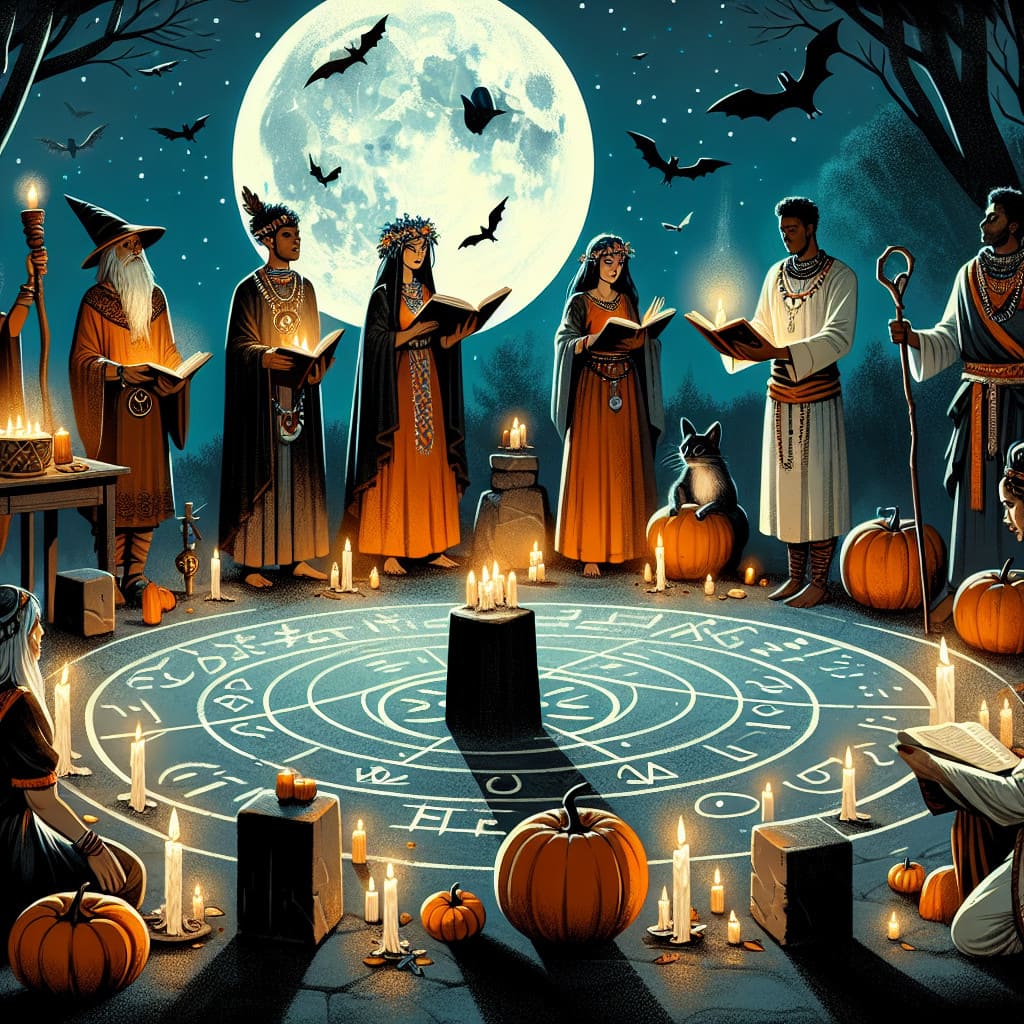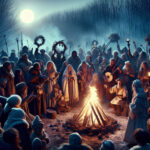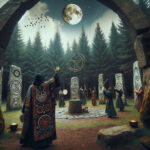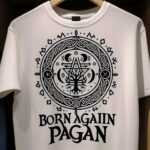Samhain is an ancient festival celebrated by many pagan cultures as the New Year. It marks the end of the summer harvest season and the beginning of winter. This article will explore the origins, customs, and beliefs associated with Samhain and why it is still celebrated by many today. We will also look at how it has impacted modern-day celebrations, such as Halloween. We will examine why Samhain is seen by many as a pagan New Year, and what that means for those who still observe it.
Samhain is an ancient pagan celebration that marks the beginning of the new year in many Celtic cultures. It is celebrated from October 31st – November 1st and is a time of reflection and celebration.
Samhain is believed to be a time of transition, when the veil between the living and the dead is thin. It is a time when the ancestors, the gods, and spirits are near and can be contacted more easily.
What is Samhain?
Samhain is the oldest and most important of the four Gaelic seasonal festivals. It marks the end of the harvest season and the beginning of winter. It is believed to be a liminal time, when the veil between this world and the otherworld is thin and easily traversed. It was seen as an especially propitious time for divination and communication with the gods, spirits, and ancestors.
The name Samhain derives from the Old Irish word samain, meaning “summer’s end.” It is also known as the “Feast of the Dead” and the “Festival of the Ancestors.”
How is Samhain Celebrated?
The ancient Celts celebrated Samhain with bonfires, feasting, and divination rituals. The festival was a time for honoring the dead and reflecting on the coming year.
Modern-day celebrations of Samhain may include traditional activities such as lighting candles and preparing seasonal foods, as well as more modern activities such as costume parties and attending pagan rituals. Many pagans also celebrate by visiting cemeteries and leaving offerings for the dead.
Symbols of Samhain
The pumpkin is a popular symbol of Samhain. The jack-o-lantern, an image of a carved pumpkin with a candle inside, is thought to represent the souls of the dead.
Other symbols of Samhain include apples, which were used for divination games, and black cats, which were believed to be the messengers of the gods.
Significance of Samhain
Samhain is a time for honoring the dead, reflecting on the past year, and looking ahead to the future. It is also a time for connecting with ancestors, gods, and spirits, and communicating with them through divination and ritual.
For modern-day pagans, Samhain is a time for celebrating the cycle of life, death, and rebirth. It is an opportunity to honor the past and look forward to the future.
Samhain is a powerful reminder of the changing of the seasons and the cyclical nature of life. It is a time for reflection and honoring the past, for looking to the future, and for connecting with the spirit world. While its origins may be rooted in pagan rituals, Samhain is a holiday that is celebrated by many different spiritual and religious traditions today. It is a time to celebrate the abundance of the harvest, to remember our ancestors, and to look forward to a new year with hope and optimism. Samhain is a powerful reminder of the cycle of life and of the importance of honoring the past while looking to the future.





